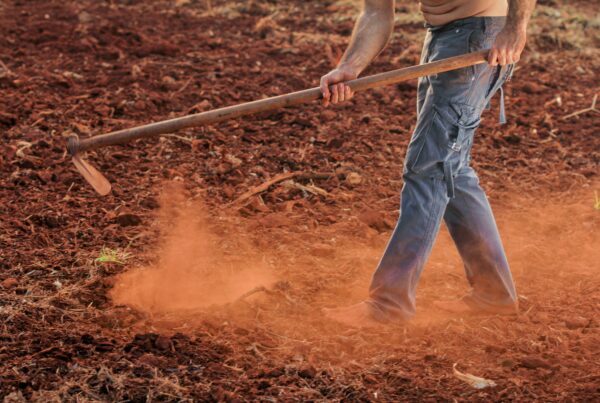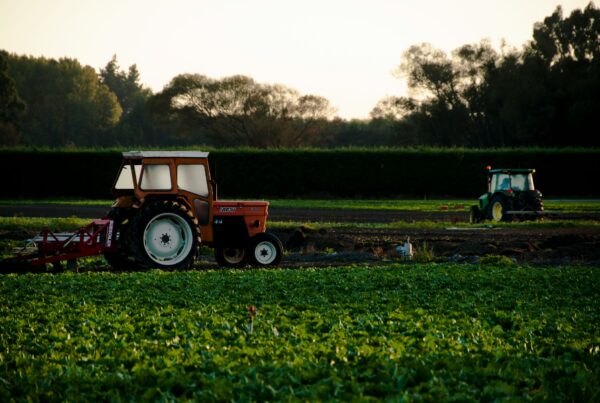by ElHagrassy A. F.
ABSTRACT
The objective of this study was to evaluate the efficiency and compatibility of two concentrations of di- ammonium hydrogen phosphate. Investigate the possibility of using it to consolidate the pigment layer of an Ancient Egyptian wooden coffin from the Middle Kingdom. X-Ray Diffraction (XRD), Fourier Transform Infrared Spectroscopy (FTIR), and Scanning Electron Microscope (SEM-EDX) were used to characterize the painted layer. Egyptian blue, Hematite, Goethite, and Carbon were mixed with Animal glue as a binding medium. To apply the consolidation treatment and evaluate its effects, replicas were created based on the characterization analysis. The goal in creating calcium phosphates is by using the two concentration treatments (0.1M and 1M) of a solution of diammonium hydrogen phosphate (DAP). Research findings indicated that the two concentration treatments may have increased the mechanical properties of the painted layer and caused acceptable color changes. The DAP (1M) treatment had a significant impact on water absorption, while the DAP (0.1M) treatment had a slight impact on those properties. The treated replicas (0.1M, 1M) displayed a higher drilling resistance compared to the untreated replica The high-water solubility, absence of toxicity, and low solubility of calcium phosphate make this consolidate very promising. The results show that the consolidating process is effective, there is no significant color change, and water absorption is reduced. The ammonium phosphate phase (hydroxyapatite) has the potential to be a highly promising agent for consolidating painted layer.
![]()




